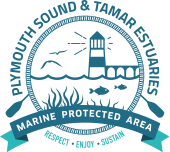Impact
Potential disturbance to sediments during construction and subsequent redistribution of contaminated sediments within the estuary.
Potential changes to morphology of the estuary through interruption of coastal processes.
Suggested measures to reduce impact(s)
Stopping sediment disturbance during construction is unavoidable, but you can attempt to reduce impacts by:
• designing new structures so as to minimise effects on coastal processes, for example open piling rather than solid infill.
• ensuring the structure has minimal interference with coastal processes such as sediment movement to reduce longer term disturbance to sediment.
• using a low maintenance material such as stainless steel or timbers to construct piling to reduce operational impacts of the development.
• sourcing materials from a sustainable facility where possible and reflect as near to a natural structure as possible.
